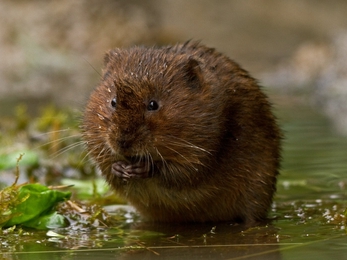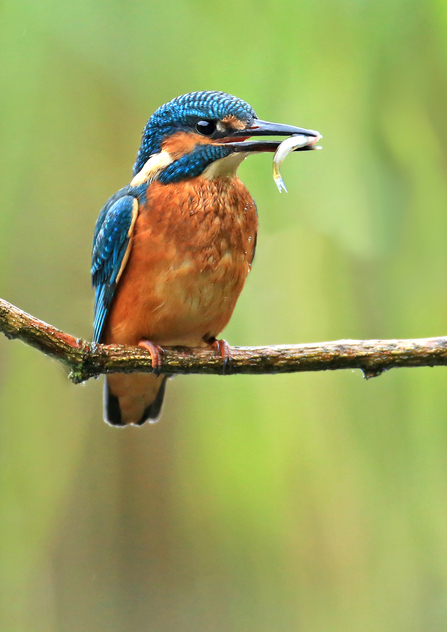The Wye and Monnow form much of our eastern and northern border, the Severn the south, and the Rhymney the west. In between, the Usk, Afon Lwyd, Ebbw, Sirhowy and more. Add a couple of canals and there are a lot of blue lines on the map.
Each of those supports a great deal of wildlife: plants, insects, animals and birds that depend on water. And our rivers, and the wildlife they support, is remarkably varied. The agricultural surroundings and gravel banks of the Usk are quite different to the Wye woodlands; many of the valleys rivers function – from a wildlife point of view – like mountain streams with industrial stonework taking the place of rocky river banks; the Severn edge offers grazing marshes, saltmarshes, lagoons and miles of mud chock full of snails, worms and other vital food for wintering birds.
All of these are easily accessible. There are long-distance footpaths along several of the rivers and around the coast; the densest population of dippers I’ve ever seen is in Bargoed; and you can look for colour-ringed gulls and contribute to important science from the Newport waterfront.









